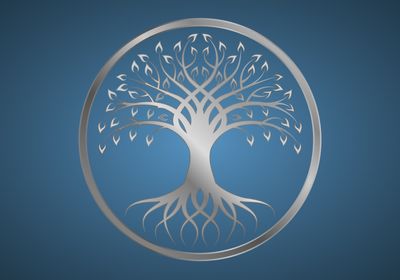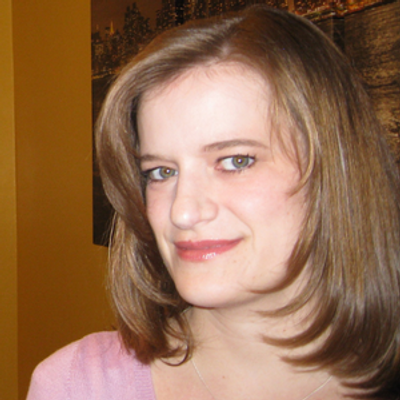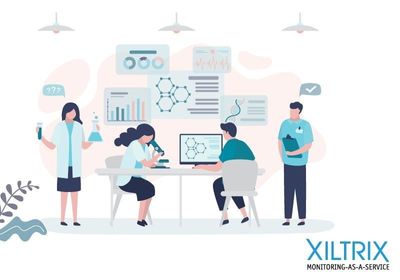ABOVE: © ISTOCK.COM, Mikhail Sokolov
As SARS-CoV-2 burst onto the scene in late 2019, the world clamored for information as basic, translational, and clinical research suddenly became the topics of household conversations. Misinformation spread like wildfire, and everyone from middle school pupils to government leaders began questioning if what they heard and read was trustworthy.
The Scientist stepped up to the challenge. We leaned heavily into the public health space to provide accurate, up-to-date information, and we widened our reach to ensure that scientists and nonscientists alike had the details they needed to choose their own paths through the pandemic. Now, as the dust settles following these turbulent years, like many of you, we at The Scientist are learning from our experiences and refocusing our priorities for the future.
The Scientist originally launched with scientist readers in mind. With the hunger for pandemic-related information fading from public view, we are returning to our roots and rededicating ourselves to serving the needs of life science researchers at the bench. To meet this goal, we have searched among our readers to assemble our team. Each of our editors joins us with a PhD degree in the life sciences, years of experience conducting research, and extensive science communications expertise, which you will see as you read their enthralling stories. As a team, we are tuned in to your scientific interests, entertainment needs, bubbling curiosities, and networking wishes because we are scientists ourselves. I’m excited to introduce you to your content creation team today!
In building our refocused editorial strategy, we have relied heavily on your recommendations and guidance. We are extremely grateful for the messages you have sent via email, social media, and forms on our website letting us know what topics you are eager to read about and how you like to see those stories presented. With this feedback in mind, we have exciting plans to increase the number of feature stories we run in each print issue and online, expand our conference coverage, introduce new columns, and present the topics of utmost interest to our readers in a relatable, relevant, and engaging way.
We also have several exciting new developments for our online programs. In support of your desires to stay up to date on the latest advances and discoveries in the life sciences while also productively working your way through long to-do lists, we introduced the TS Digest in July 2023 and will publish new issues monthly going forward. This new publication focuses on presenting fun, bite-sized content such as flash nonfiction, miniature podcasts, videos, infographics, puzzles, interviews, and surprising columns such as “Just Curious” and “Epic Fail” that come directly from our readers’ questions and experiences. You can peruse the mobile-friendly TS Digest while waiting for a gel to run, a meeting to start, a quick centrifuge spin to finish, or any other time when you have only a few free minutes.
In addition, we proudly launched our new journal club this summer, which presents research published by you, our readers, in an online interactive webinar format. We would love to have you join us for these world-wide journal club discussions, either as a listener or as a presenter.
In January 2024, we will launch a new newsletter program that is uniquely tailored to your interests. We’ll present the latest breaking science news, long- and short-form stories, podcasts, webinars, and resources to propel your research forward. We will focus in on your preferences to ensure that each piece of content we send is relevant to you. You can tailor your own reading experience by updating your newsletter preferences ahead of that change.
We are confident that these changes will better meet your needs and create a publication that you can’t put down or scroll past. Of course, to achieve this goal and our overarching goal of “exploring life, inspiring innovation,” we need your help! Keep an eye on your inboxes; we plan to conduct a reader survey in the coming weeks to find out exactly what you think of these changes, and we eagerly await your feedback, story topic requests, and research experiences to highlight in our magazine.
Kristie Nybo, PhD
Group Content Director
The Scientist
Present your paper at an upcoming journal club
Customize your newsletter preferences
MEET THE NEW TS TEAM
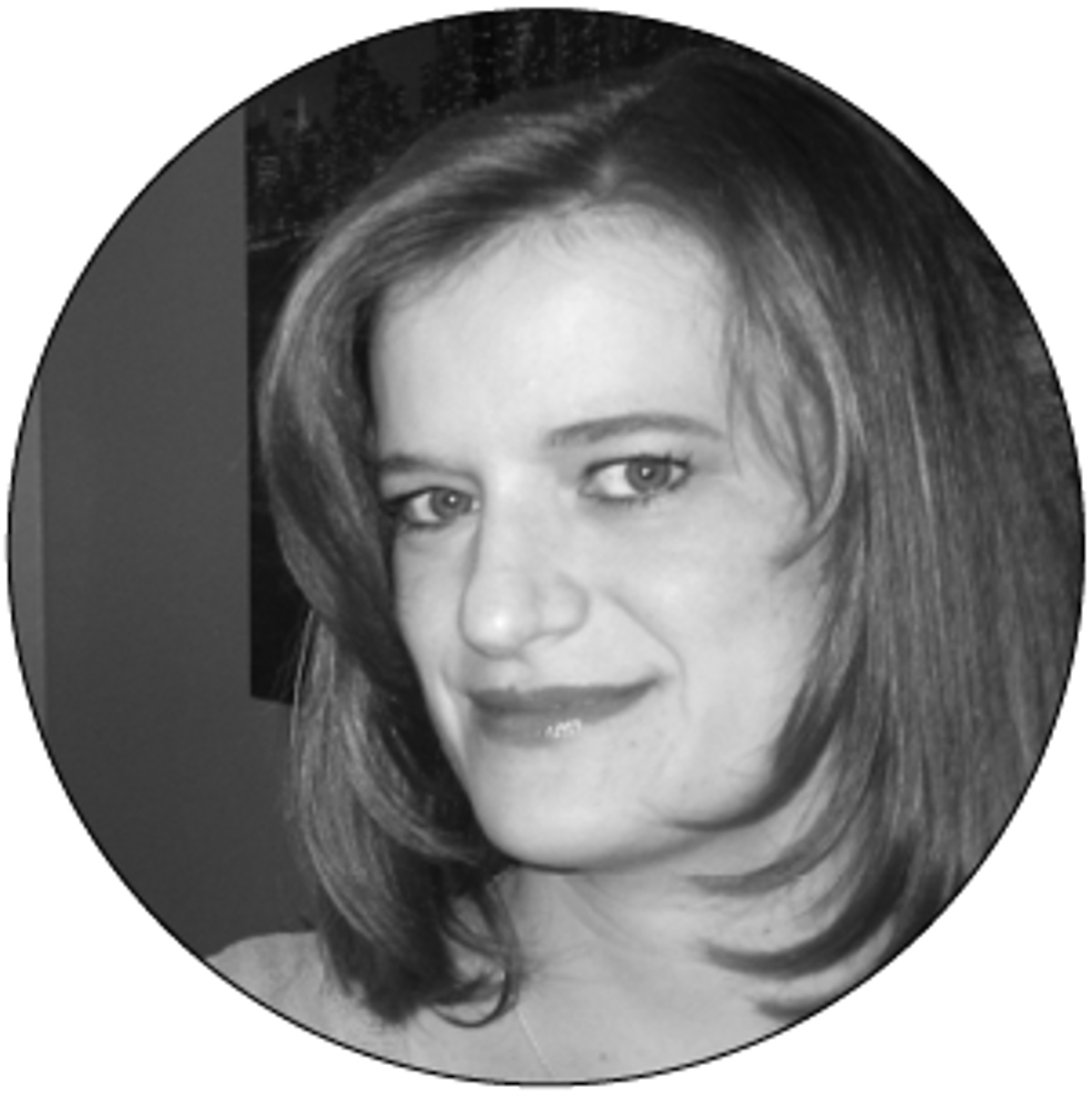 | Kristie Nybo, PhD | Group Content Director Kristie joined The Scientist in 2019 with 17 years of experience in life science publishing. Prior to joining, she directed news content and managed peer review for the journal BioTechniques for more than a decade. She has also served in public relations communications and medical writing and editorial roles. Kristie earned her PhD at the University of California, Los Angeles (UCLA) in neuroscience and conducted research at UCLA and at the National Institute of Environmental Health Sciences on brain development and signal transduction in mouse models. She currently also serves as content director for Drug Discovery News. |
 | Meenakshi Prabhune, PhD | Editor in Chief Meenakshi joined The Scientist in 2023. She is passionate about disseminating science and brings several years of experience in diverse communication roles including journalism, podcasting, and corporate content strategy. Meenakshi earned her PhD in biophysics at the University of Goettingen, which sparked a life-long love for interdisciplinary biological sciences. |
 | Danielle Gerhard, PhD | Assistant Editor Danielle earned her PhD in psychology and behavioral neuroscience from Yale University and completed postdoctoral research in neuroscience and psychiatry at Weill Cornell Medicine. During her graduate and postgraduate training, she examined cellular and molecular mechanisms underlying stress and depression. In April 2023, Danielle joined The Scientist’s editorial team as an assistant editor. Her writing has also appeared in Drug Discovery News and BioTechniques. She is based in the UK. |
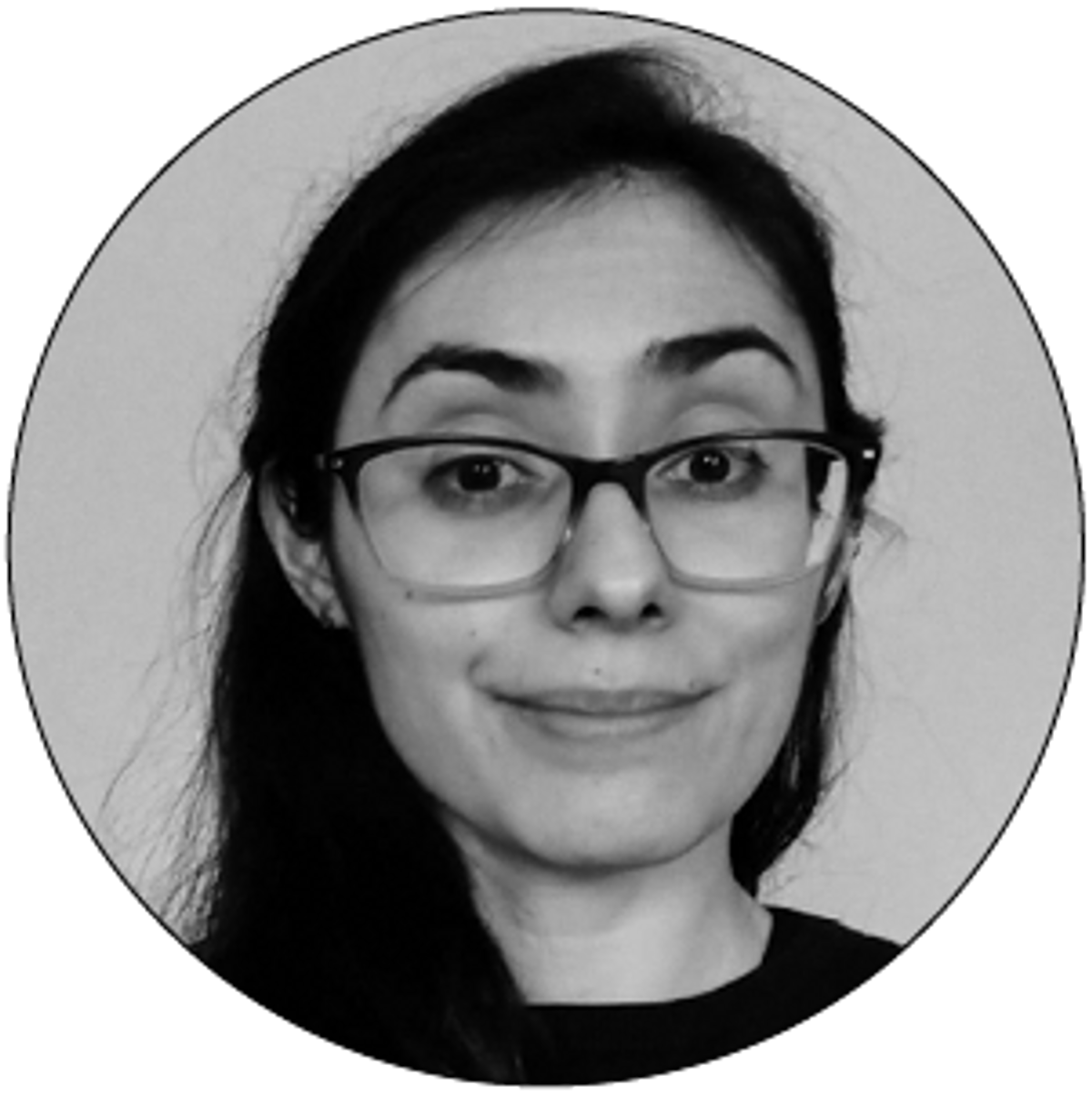 | Mariella Bodemeier Loayza Careaga, PhD | Assistant Editor Mariella joined The Scientist in 2023 after completing postdoctoral research at the Uniformed Services University of the Health Sciences studying sex differences on the effects of chronic stress and traumatic brain injury. Mariella holds a PhD in neuroscience from the Universidade Federal de Sao Paulo, and a certificate in science communication from the University of California, San Diego. |
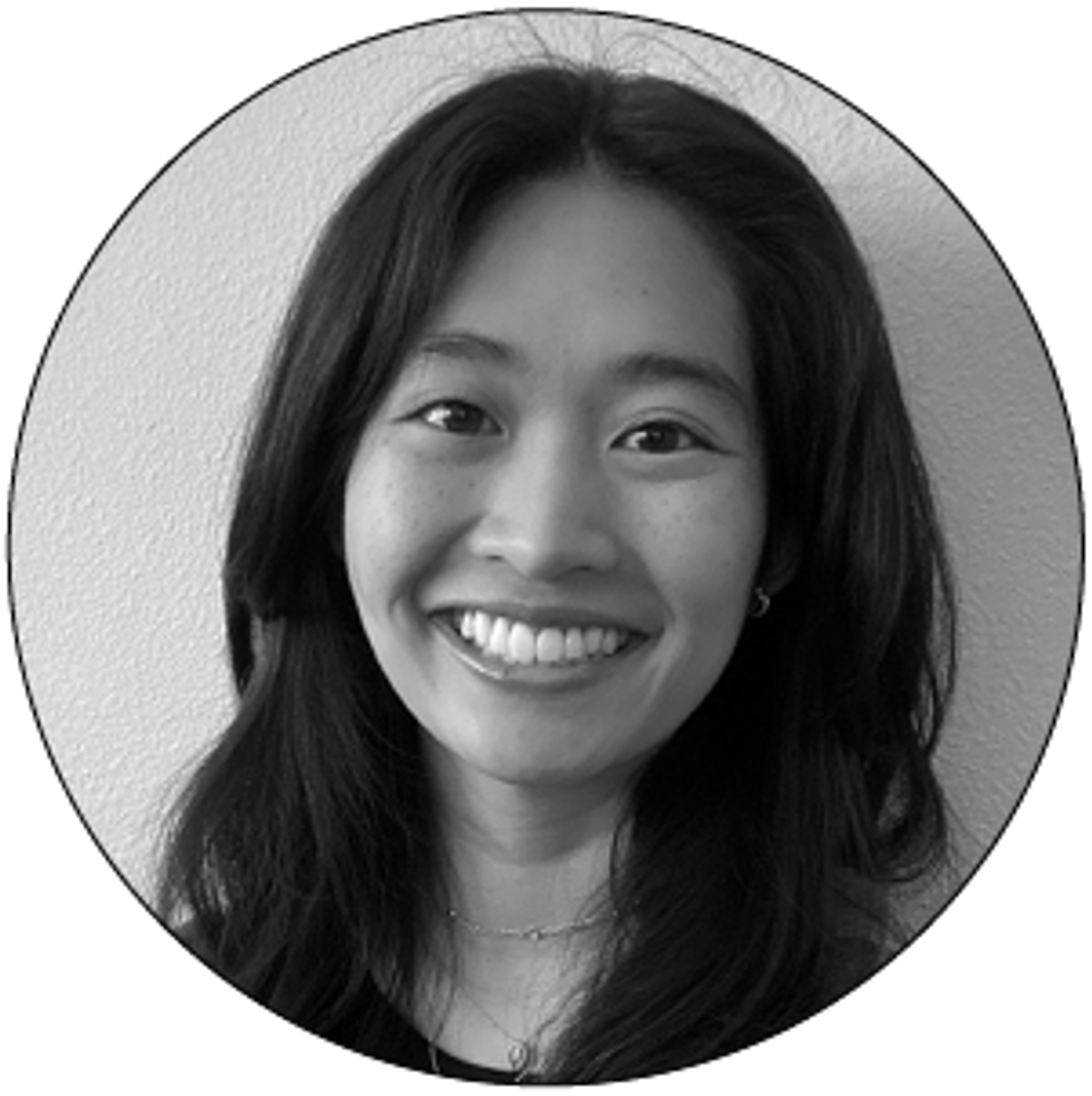 | Laura Tran, PhD | Assistant Editor Laura joined The Scientist as an assistant editor in 2023. She has a background in microbiology and earned her PhD in biomedical sciences from Rush University. Her research focused on how circadian rhythms and alcohol affect the gut. |
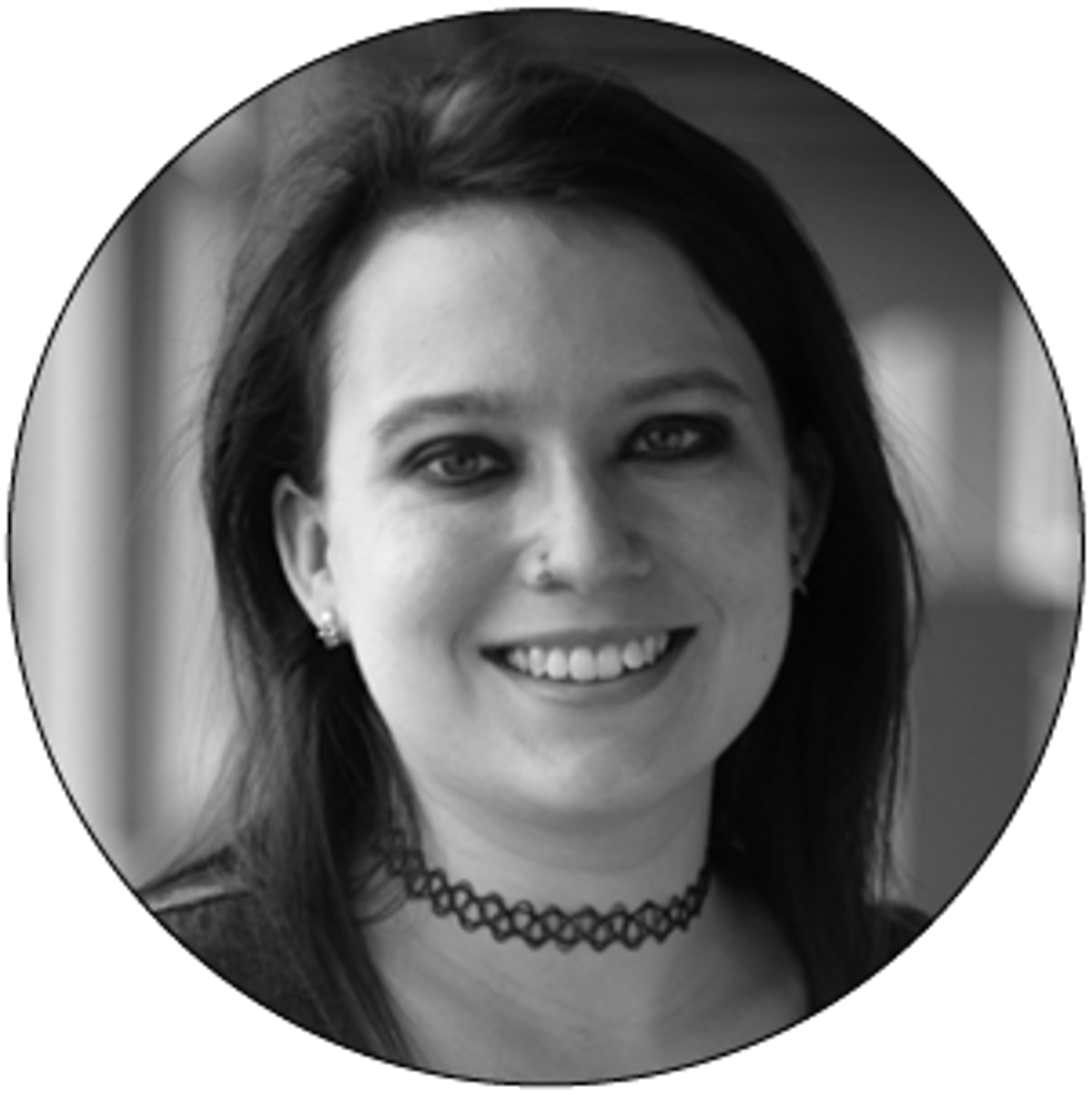 | Shelby Bradford, PhD | Assistant Editor Shelby earned her PhD in immunology and microbial pathogenesis from West Virginia University, where she studied neonatal responses to vaccination. She completed an AAAS Mass Media Fellowship at StateImpact Pennsylvania, and her writing has also appeared in Massive Science. She participated in the 2023 flagship ComSciCon and volunteered with science outreach programs and the Carnegie Science Center during graduate school. Shelby joined The Scientist as an assistant editor in August 2023. |
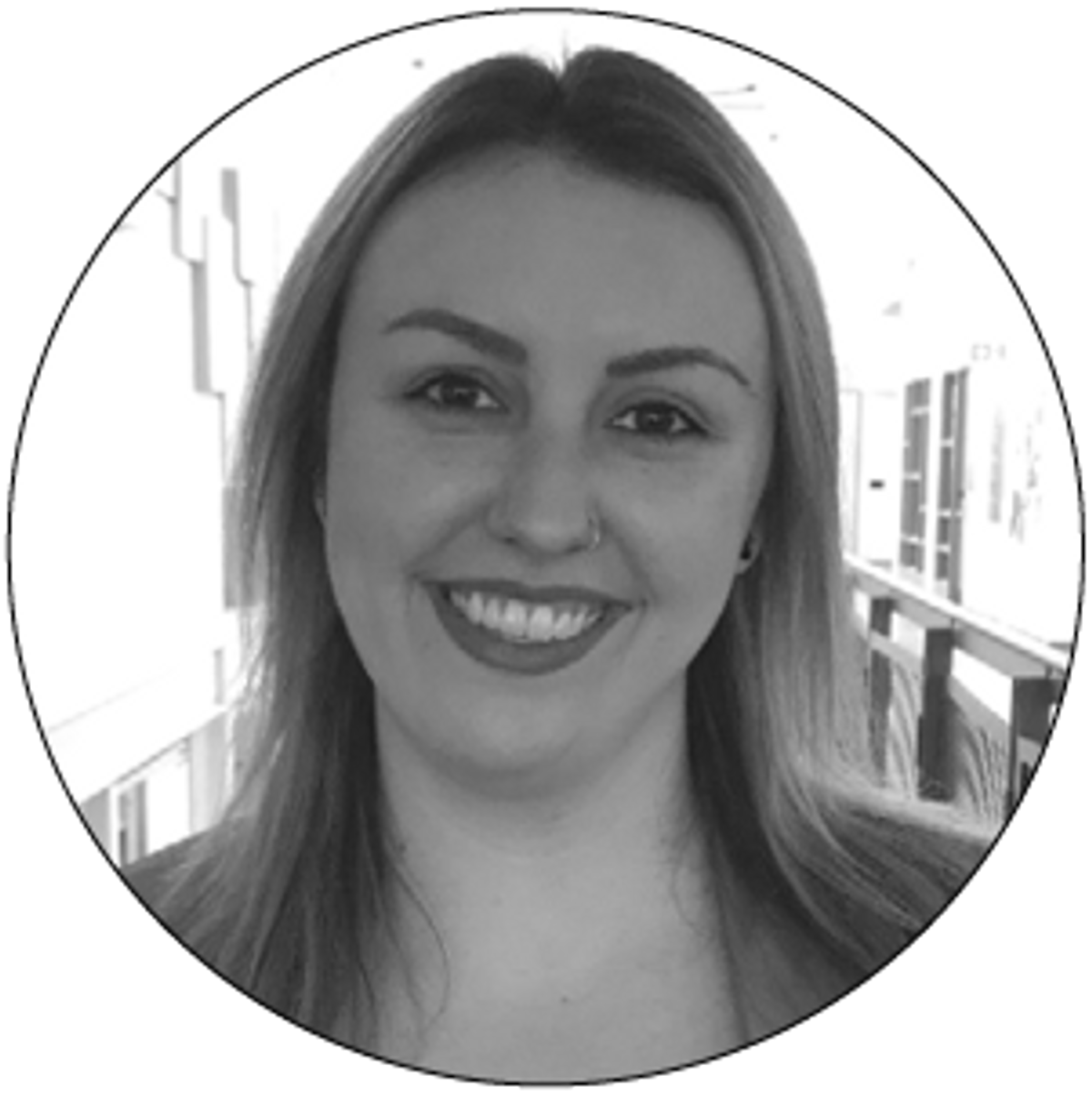 | Melissa Kay, MSc | Engagement Specialist Melissa joined The Scientist in August 2023 as the engagement specialist. She holds a master’s of science degree in cellular and molecular biology and a graduate diploma in science communication from Laurentian University. Melissa leads the social media strategy and audience engagement efforts for The Scientist and Drug Discovery News. |
 | Niki Spahich, PhD | Senior Science Editor, Team Lead Niki earned her PhD in genetics and genomics from Duke University, where she studied membrane proteins responsible for Haemophilus influenzae infectivity. She shifted her research focus to mechanisms of Staphylococcus aureus virulence during her postdoctoral fellowship at the University of North Carolina Chapel Hill. After various teaching and science communication experiences, Niki joined The Scientist’s creative services team in 2019. She is currently a senior science editor who leads content creation for the team. |
 | Nathan Ni, PhD | Senior Science Editor Nathan earned his PhD in physiology from Queen’s University in 2013, where he investigated the role of inflammatory leukotriene pathways in exacerbating cardiac injury during myocardial infarction. He then completed a two-year postdoctoral training stint in Toronto’s University Health Network, where he explored the effects of aging on stem cell effectiveness. Nathan joined The Scientist in 2016. He now serves as a senior science editor and leads the scientific services program, which offers editorial and design services directly to scientists. |
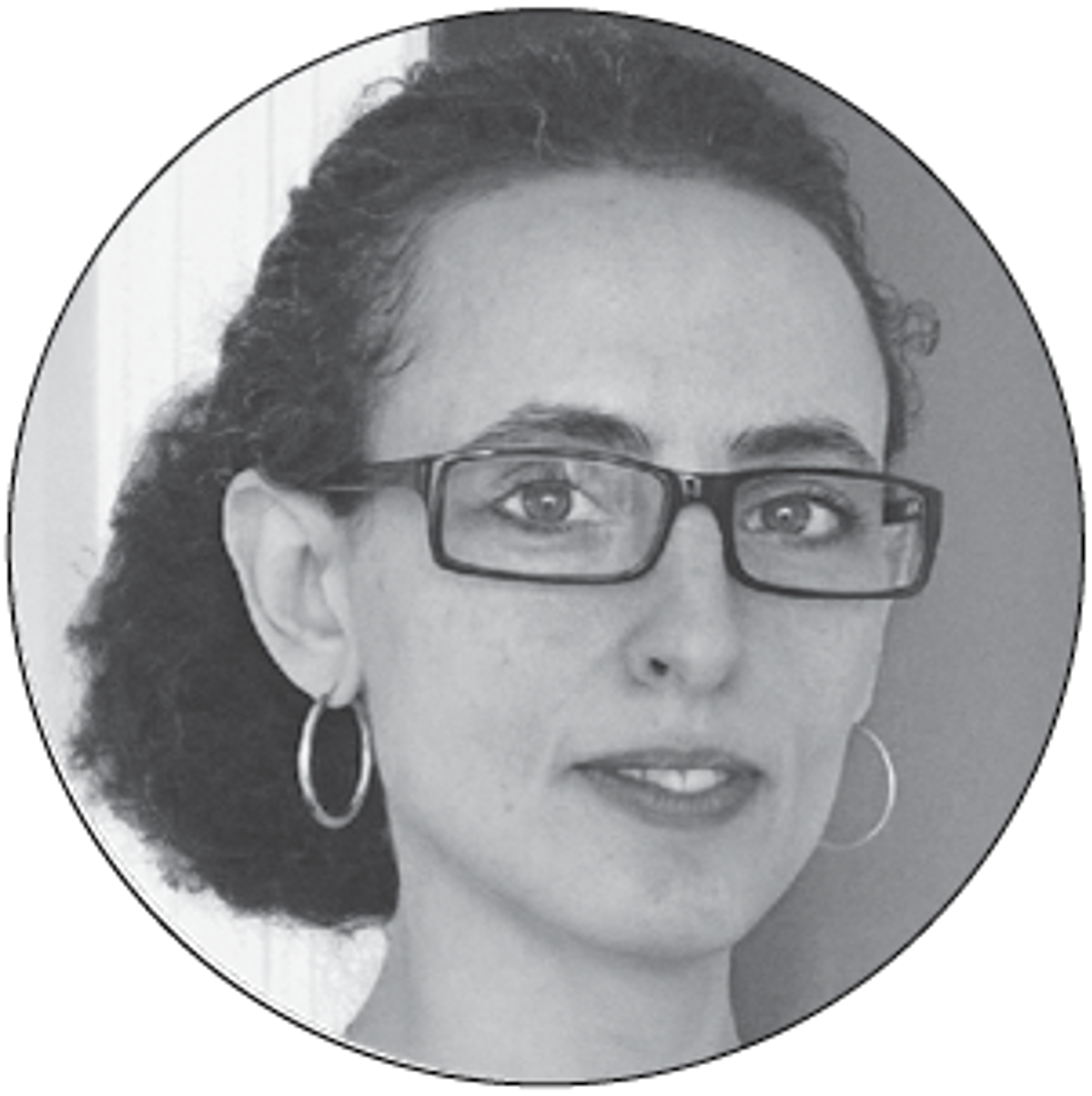 | Iris Kulbatski, PhD | Assistant Science Editor Iris, a neuroscientist by training and word surgeon by trade, is an assistant science editor with The Scientist’s creative services team. Her work has appeared in various online and print publications, including Discover Magazine, Medgadget, National Post, The Toronto Star, and others. She holds a PhD in medical science and a certificate in creative writing from the University of Toronto. |
 | Deanna MacNeill, PhD | Assistant Science Editor Deanna earned their PhD from McGill University in 2020, studying the cellular biology of aging and cancer. They have an endless curiosity about telomeres. Deanna has a multidisciplinary academic background ranging from chemistry to metacognition to microbiology. They joined The Scientist’s creative services team in 2022. |
 | Charlene Lancaster, PhD | Assistant Science Editor Charlene earned her PhD in cell biology from the University of Toronto, where she studied how macrophages resolve phagosomes. She has also conducted research on how vitamins can increase bone formation in osteoblast cell culture. She joined The Scientist’s creative services team in 2023. |
